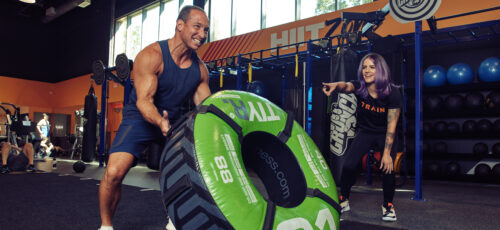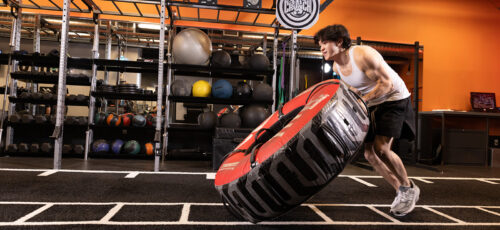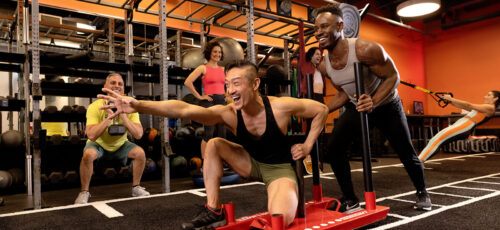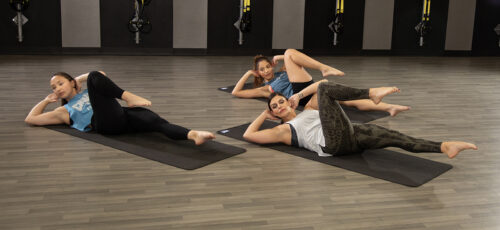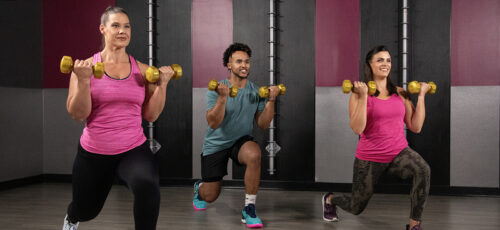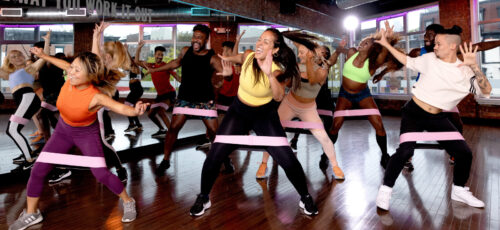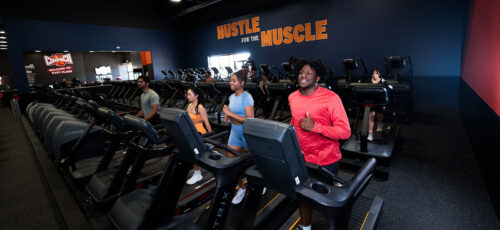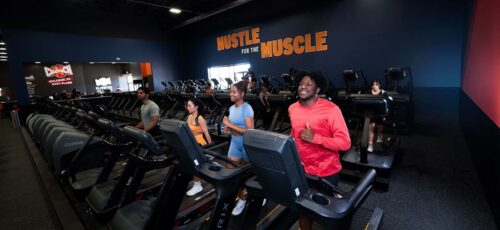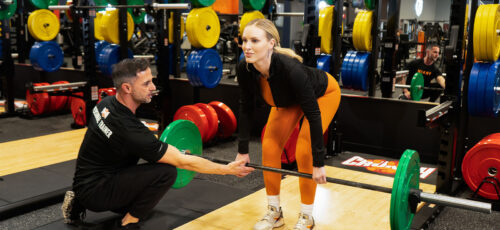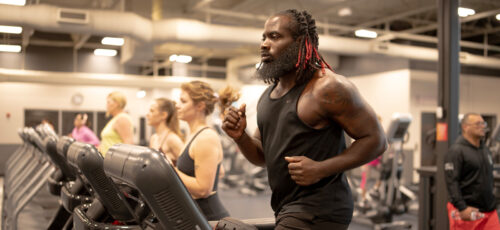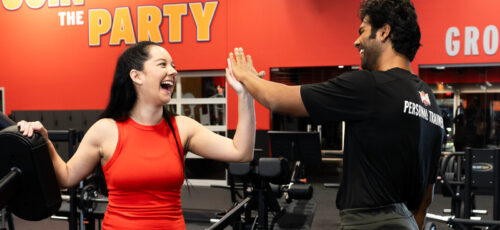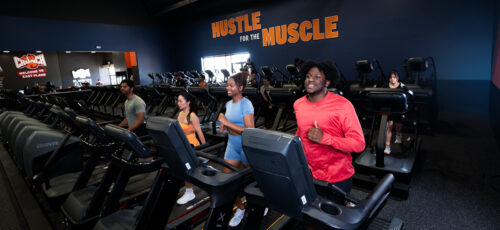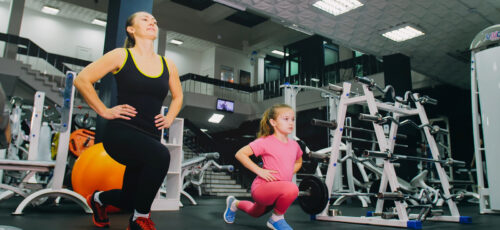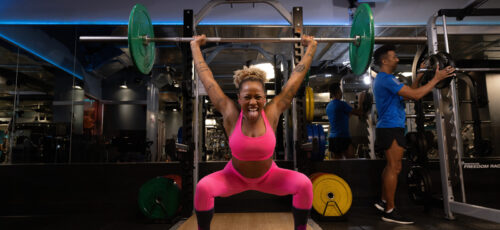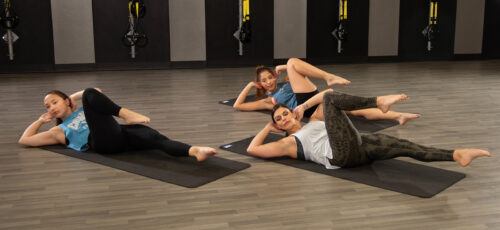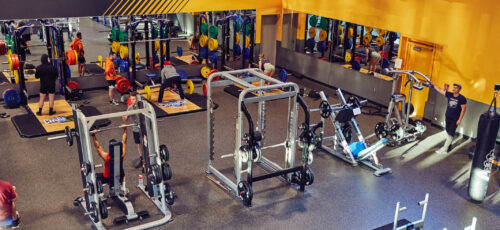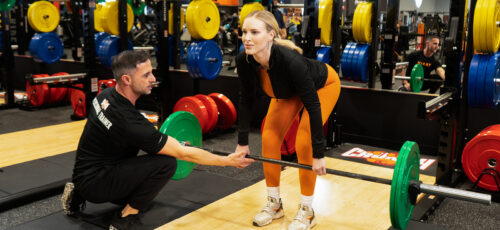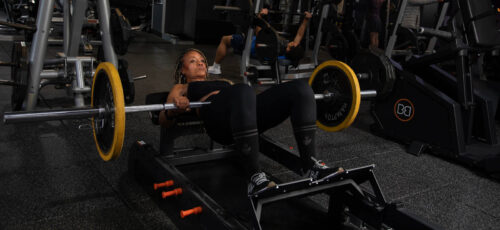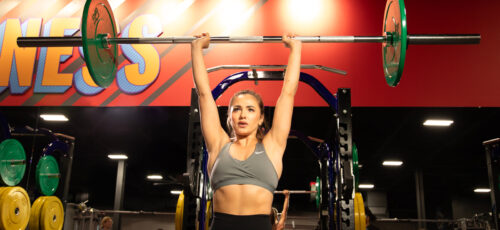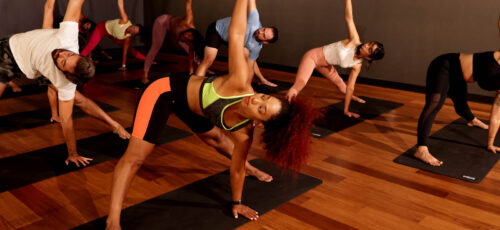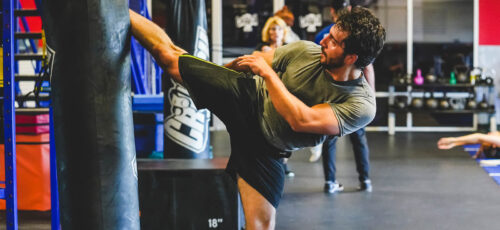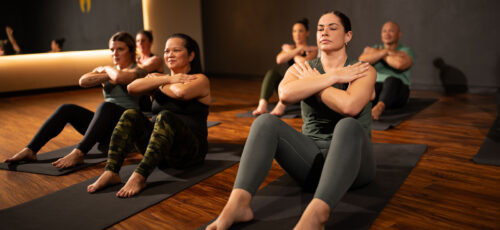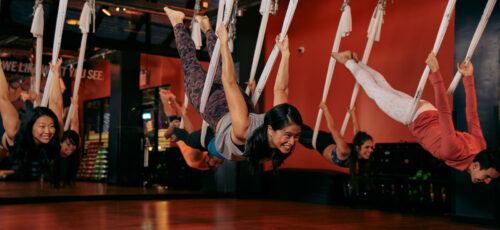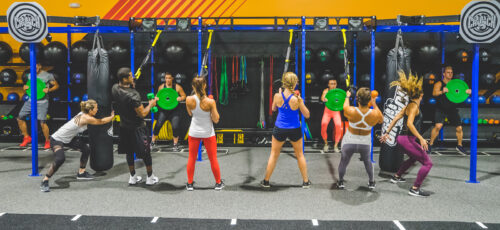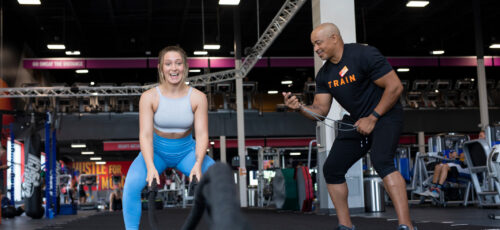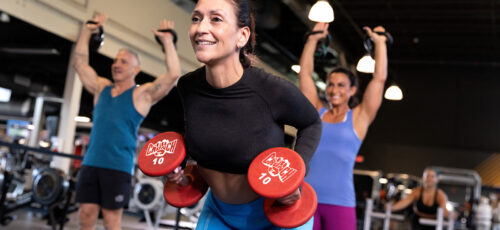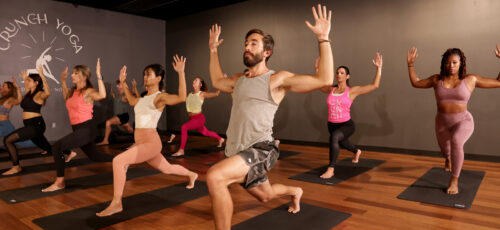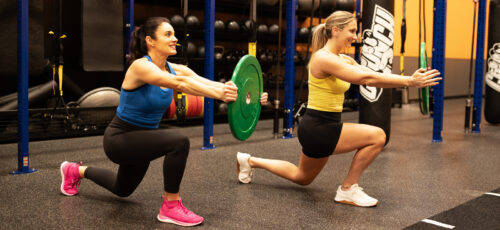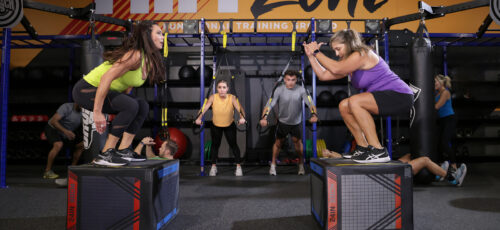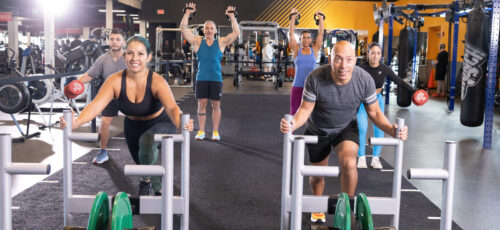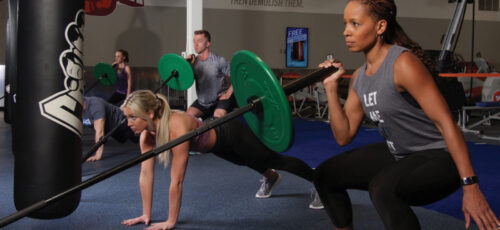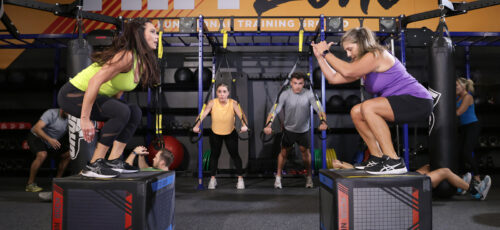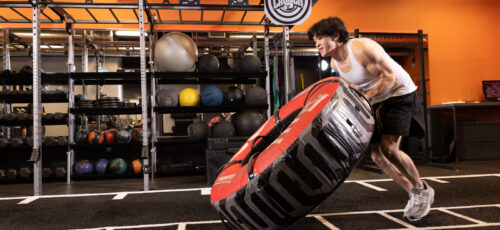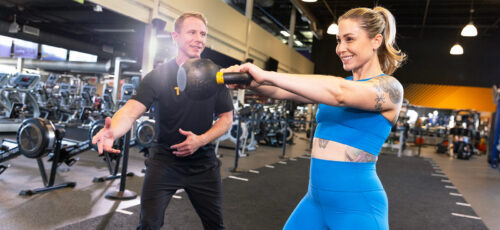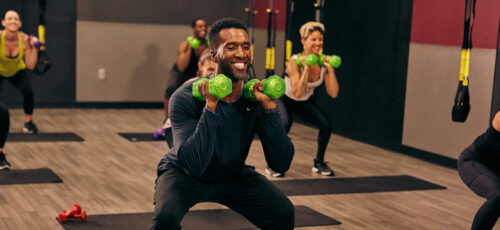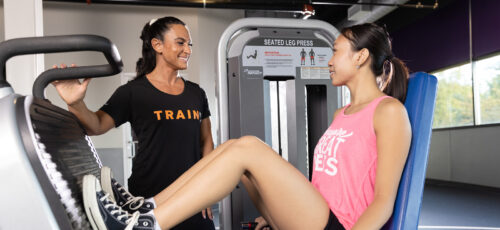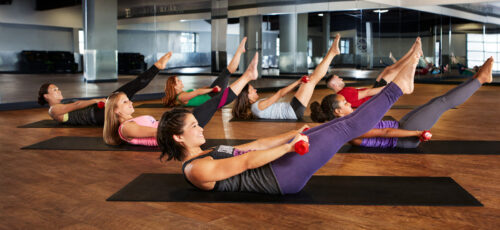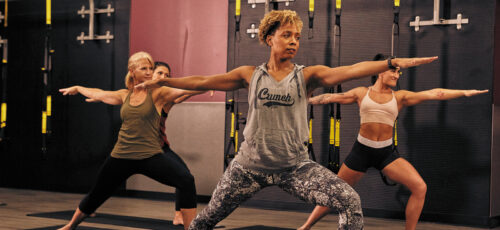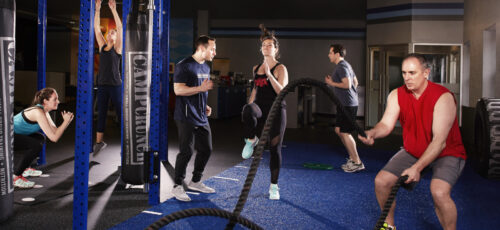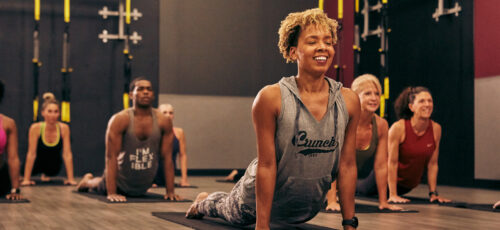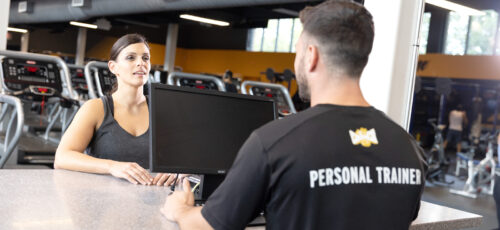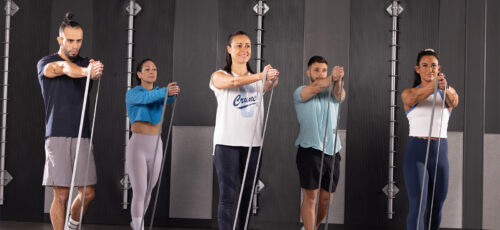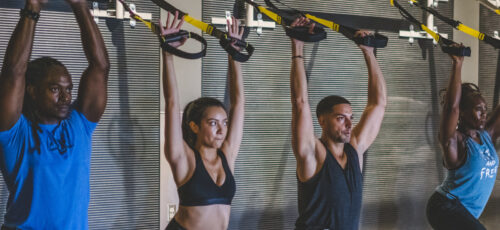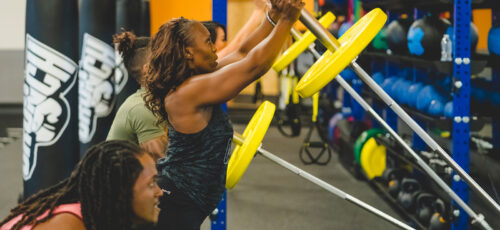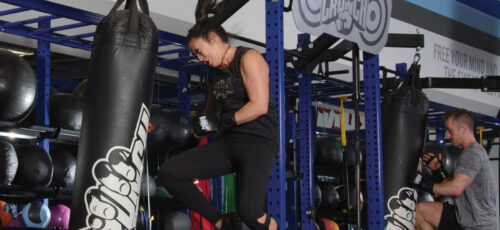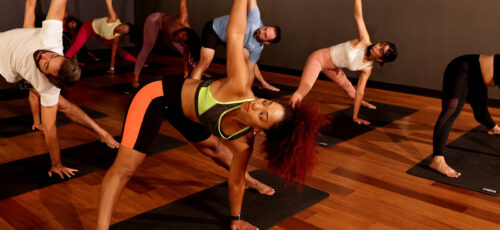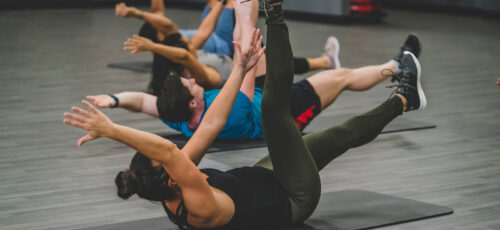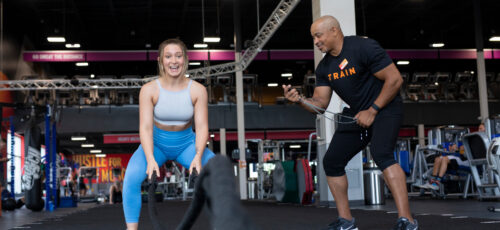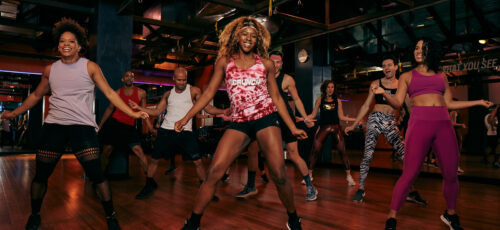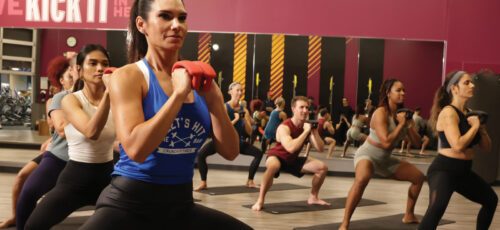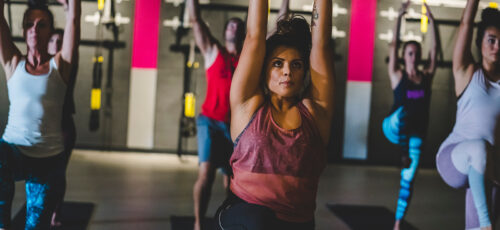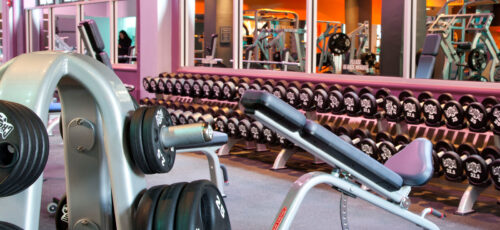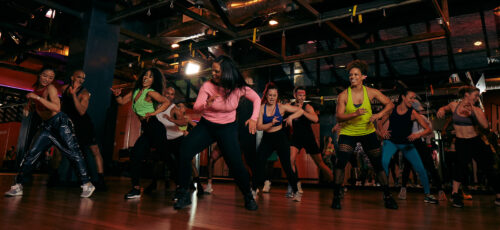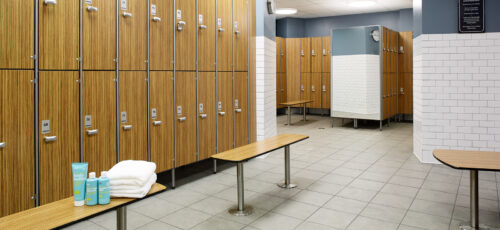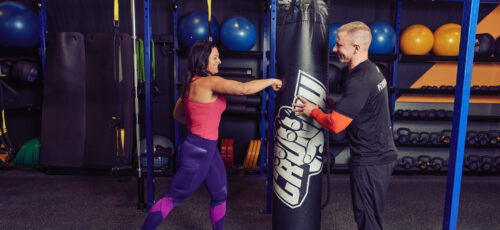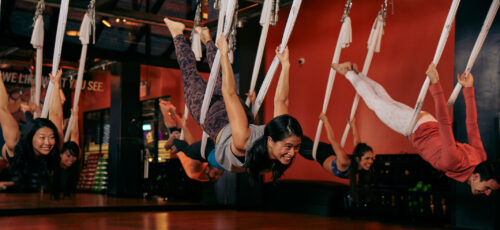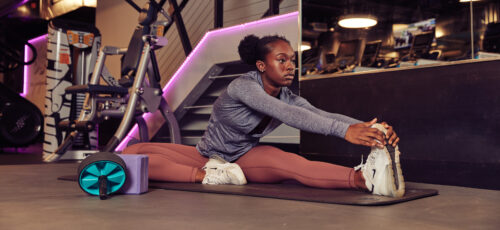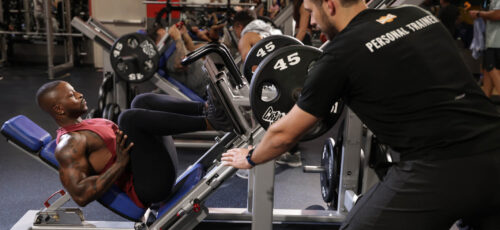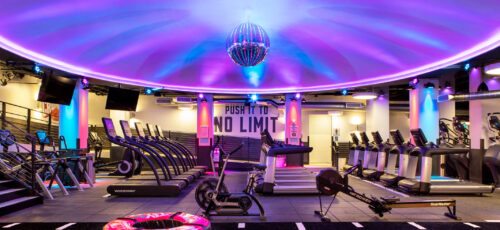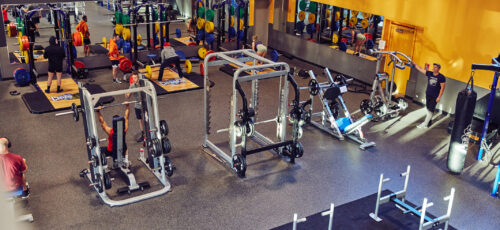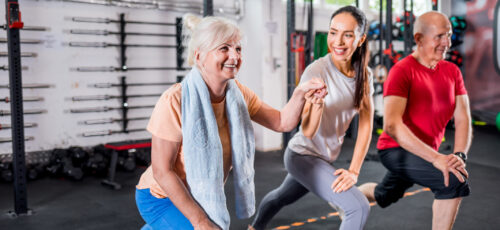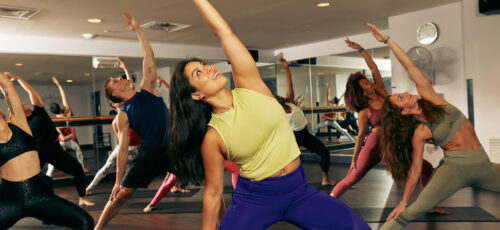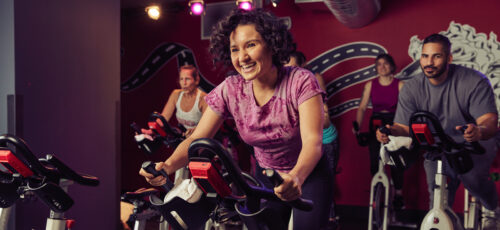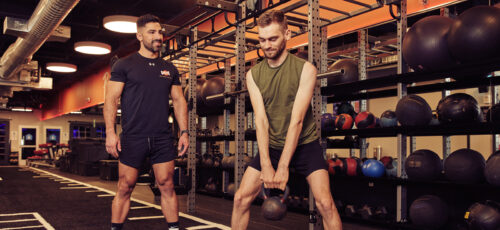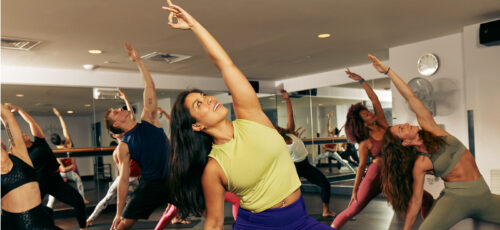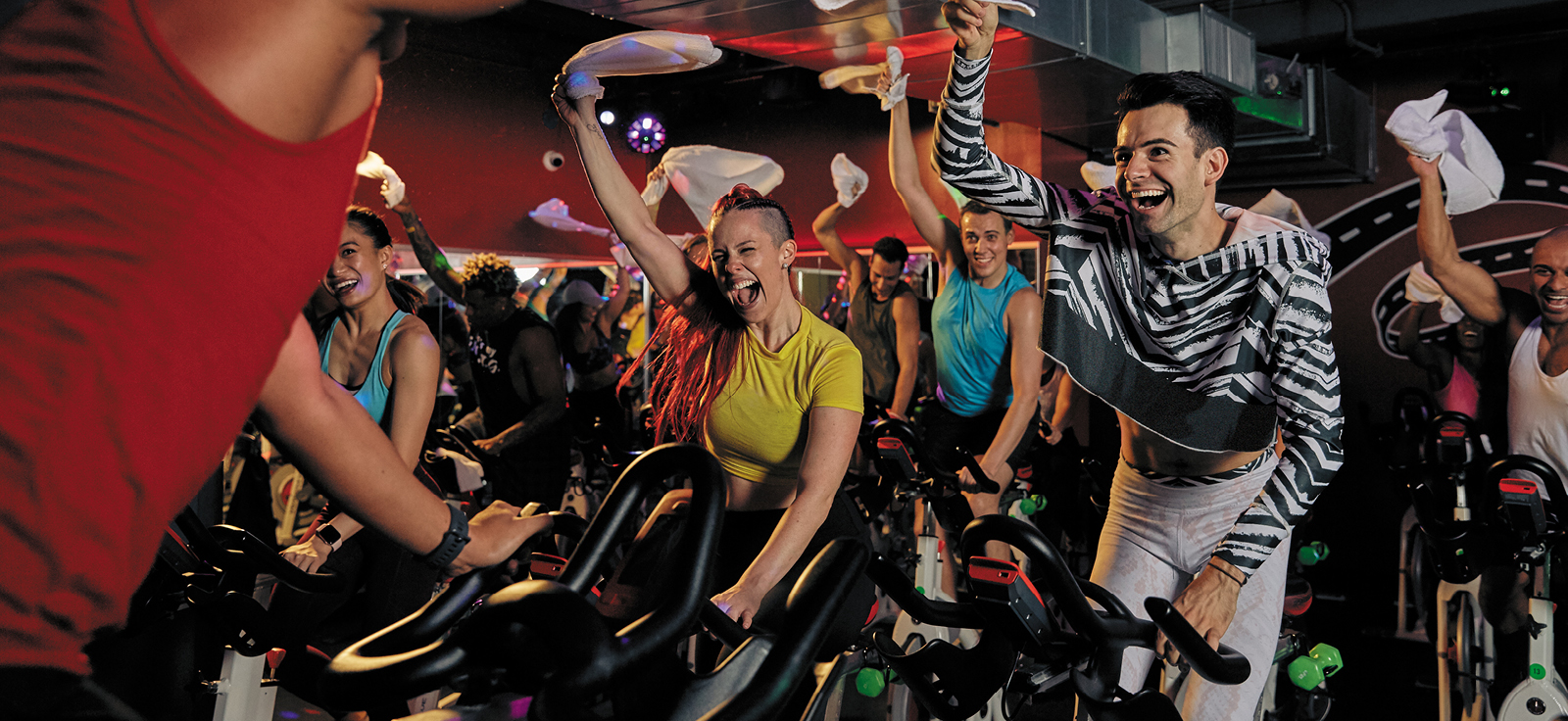
It’s Time to Pump-Up the Intensity
Interestingly, the first Ride indoor cycling classes were held in Crunch gyms in New York. By 1994, spin made national news on Rolling Stone Magazine’s “hot list as the ‘hot exercise’ you need to try.” Fast forward to today, and the trend is still spreading like wildfire.
Ride class is an excellent option for young professionals, busy parents, and those in more extreme climates. Indoor cyclists boast complete control of their resistance and revolutions per minute (RPMs), and indoor cycling is a low-impact way to effectively challenge your aerobic and anaerobic energy systems.
Let’s explore three spin drills to try during your next workout to ramp up the intensity and fully embrace the benefits of indoor cycling.
1. Surges
Surges in Ride drills are a great way to increase your power and speed on the bike. They involve pushing yourself hard for a short time and then transitioning into a recovery period. In short, it’s a quick increase in pace and effort. Giving it your all during the surge is essential to get the most out of it.
It helps to use a heart rate monitor to ensure you are pushing yourself hard enough. Surges can be done with intervals of varying lengths, depending on the goal. They can also be done with sprints or hill climbs. It’s a great way to mix up your training and challenge yourself differently. It’s essential to note that a surge doesn’t mean an all-out effort. It shouldn’t over-exhaust you to the point of needing a full recovery. Instead, it is at 80-90% of your all-out pedaling pace and intensity and requires only a short recovery period.
How to Complete a Surge
To perform a surge on a stationary bike, remain seated and increase the resistance while simultaneously maintaining or increasing cadence. You will quickly reach and then keep that higher pace. A surge only lasts for a short time, usually 30 to 60 seconds, before returning to the original rate.
Example Drill
The best part of any stellar surge drill is combining it with pumped-up music. Select a song that fires you up and a resistance equivalent to riding on a flat surface. As the song’s chorus approaches, increase the tension and pace. Return to your original pressure and speed when the song returns to the verse. For more advanced riders interested in a slightly more challenging variation of this cycling workout, you can jump out of the saddle at the higher tension and pace to hit different positions and guarantee a great workout.
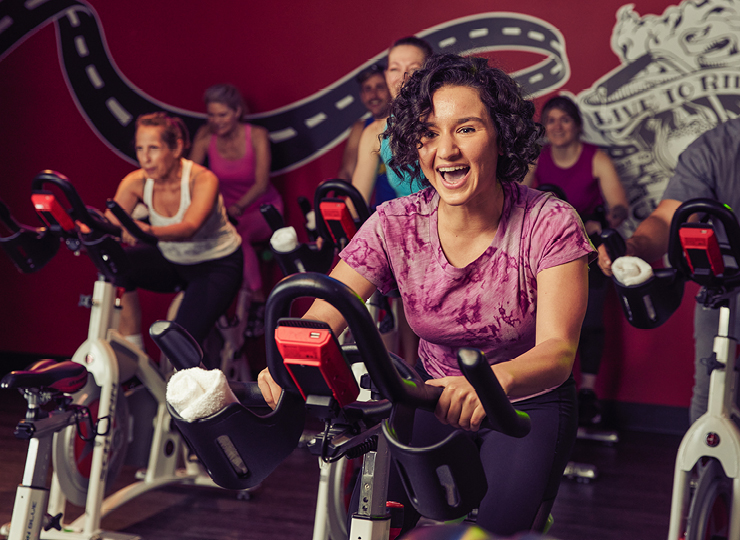
2. Progressive Climbs
Progressive climbs in Ride are a great way to challenge yourself, build strength, burn calories, and improve your overall fitness level. A progressive climb is a cycling workout with a series of climbs with increased difficulty and inclines, usually completed over several minutes. This ride usually begins with a gradual ascent and then progresses to a more challenging climb each minute. The benefits of progressive climbs in cycling are numerous, with actual results.
Cycling is a full-body workout; progressive climbs allow you to target different muscle groups and increase your endurance. Additionally, progressive climbs can help you build strength and stamina and develop mental toughness as you push yourself to reach the “summit.” Progressively increasing the difficulty of your climbs can also help you to become a better cyclist. You will be able to develop a better sense of pacing, especially during moments of high intensity, as well as increased balance and control of your bike. And by gradually increasing your power, you can reduce the risk of injury and burnout.
How to Complete a Progressive Climb
To complete a progressive climb, start by pedaling at a low gear and a low cadence on a stationary bike. Gradually increase the resistance and rhythm on the bike during your workout. As you progress, keep a steady pace. Aim to increase the resistance by 1-2 levels every few minutes. Once you’ve completed the climb, reduce the resistance to a low level and take a few minutes to recover and catch your breath before beginning the next climb.
Example Drill
Select a powerful song fit for a mental and physical grind. Select a mildly challenging resistance that can progress while maintaining a leg speed of 60–70 RPM. Add some tension to the climb each minute without letting the cadence drop below 60 RPM. It is advisable to stand up on your stationary bike, press your hips back over the saddle, and turn this drill into a standing climb, as needed. Always remember to wear your cycling shoes and, if you’re riding solo, keep an eye on your heart rate on your watch.
3. Tabata-Style Spins
Tabata-style workouts are a great way to get a high-intensity workout in a short period. Indoor cycling is an interval-based workout that combines intense intervals of cycling with brief recovery periods. Tabata-style workouts are highly effective for burning calories and increasing aerobic capacity. They can be tailored to the individual’s fitness level and goals and can be done in groups or solo. Tabata-style workouts are a great way to get an intense workout in a short amount of time.
How to Complete a Tabata-Style Spin
Each interval usually lasts 4 minutes and consists of 20 seconds of high-intensity cycling followed by 10 seconds of rest. This is repeated eight times, totaling 4 minutes of intense work. During the high-intensity period, the participants should push themselves to the limit, cycling as fast and hard as possible. During the 10-second rest, the participant should reduce the intensity to recover and prepare for the next interval.
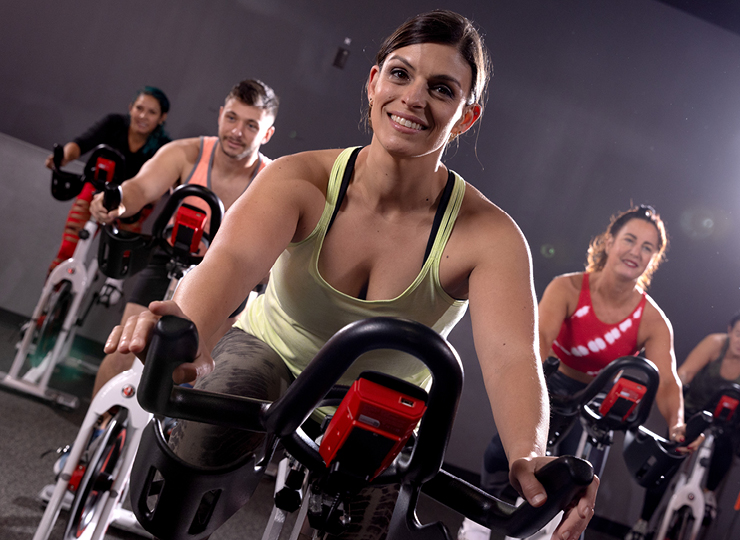
Benefits of Spin Class Workouts
Like any other group exercise class at Crunch, spin Classes workouts offer assistants an enormous variety of physical and mental benefits to attendants. Are you curious to know what we are talking about? These are some examples of what changes and improvements you can expect by attending spin classes at Crunch:
Cardiovascular Improvements
Spin classes are ideal for gym users who want to improve their overall cardiovascular health, helping improve their lung and heart functions; regular class participants increase their endurance and stamina.
Spin Class is a Low Impact Exercise
For gym users who don’t enjoy sports high-impact routines and workouts, spin classes might be what you are looking for. For people who suffer from injuries or joint issues, this class offers gentle exercise with your body and doesn’t require you to have impact movements.
Muscle Toning
One of the many advantages you will notice in spin classes is that they engage an enormous diversity of muscle groups—especially hamstrings, quadriceps, glutes, and calves.
Customizable Intensity
At Spin class, you have the control of how intense you want the workout to be. By adjusting the resistance and pedal speed to match your personal goals and fitness level, you control the intensity of the class you want to experience.
Instructor Guidance During the Entire Workout Session
Spin classes are always guided with the help of a professional trainer. Feel free to ask if you have any questions about the class or how to do an exercise correctly. Instructors are always there to help.
Group Motivation
Like you, many other gym users want to experience a fun class and exciting cycling workout routine; let other gym members provide you with the energy boost and motivation you need. Group classes offer a safe space where you can meet new people and create your fitness community.
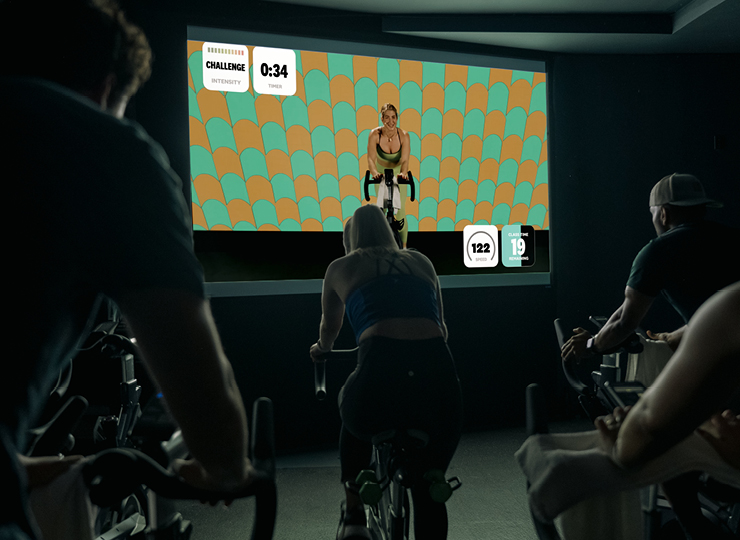
Example Drill
Warm up for 10 minutes with a light resistance on the bike. Increase the resistance and begin to pedal at a moderate to fast pace for 20 seconds. Rest for 10 seconds by decreasing the resistance and pedaling at a light pace. Repeat the entire circuit for eight rounds before cooling for 10 minutes with light resistance on the stationary bike.
Ride class is an excellent option for young professionals, busy parents, and those in more extreme climates. Indoor cyclists boast complete control of their resistance and revolutions per minute (RPMs), and indoor cycling is a low-impact way to effectively challenge your aerobic and anaerobic energy systems.
Gregory Minnis, DPT, shares that “riding a stationary bike is an effective and efficient way to burn calories while strengthening your heart, lungs, and overall body muscles. Compared to other cardio equipment, a stationary bicycle puts less stress on your joints while still providing an outstanding aerobic workout.”
For additional information on The Ride at Crunch or to locate classes near you, search here.
Crunch’s group fitness classes promote a culture of fun with no judgments. It’s an environment for all types of individuals with various goals. Find a Crunch gym near you to try our free trial membership, or join Crunch now. Your goals are made to be crushed. With Crunch, you’ll have the tools, resources, and support to make it happen.
FAQ
How Many Spin Classes Should I Attend Each Week?
A lot depends on your personal fitness goals and objectives. However, attending around 2-3 classes per week is advisable to start noticing the physical improvements.
Is Spin Class Workout effective in burning calories?
Yes, spin class offers attendees a workout session that helps them burn calories and improve their cardiovascular condition.
Are Spin Classes Offered at Different Times of the Day?
Yes, Crunch counts with different time schedules for spin classes. We invite you to enter our website and look out for the schedule of the location of your preference.
Crunch promotes a culture of positivity, inclusivity, and fun with no judgments by providing an environment for all individuals regardless of their health and fitness goals. Find a Crunch gym near you to try our free trial membership, or join Crunch now. We’re here for you – at the gym or at home. Access the best live & on-demand workouts anytime, anywhere with Crunch+. Ready to get sweaty? Try hundreds of workouts for free! Start your free trial now!









